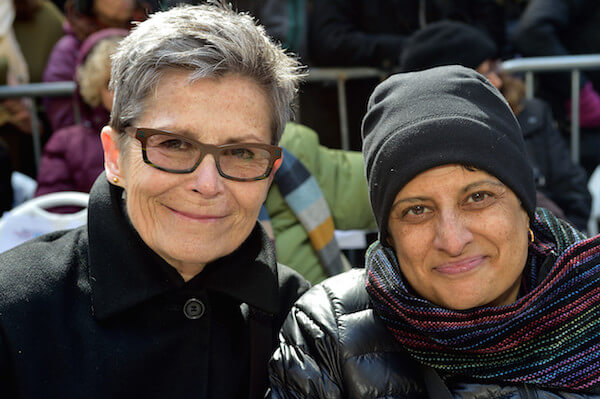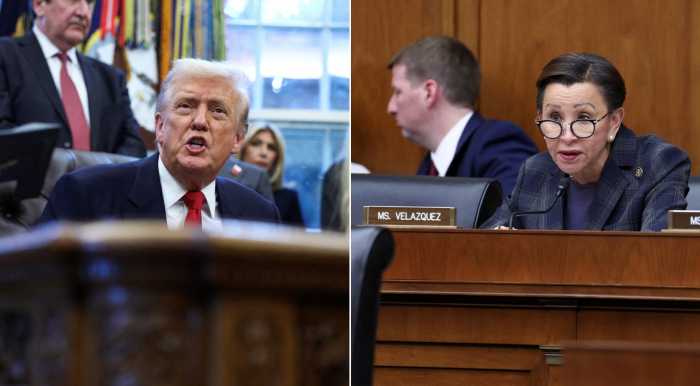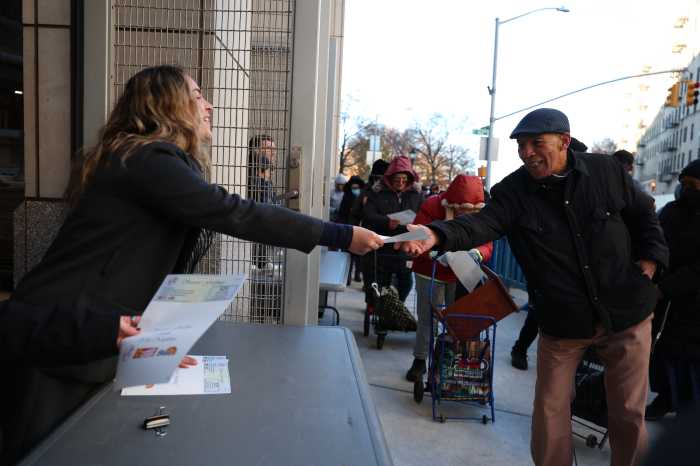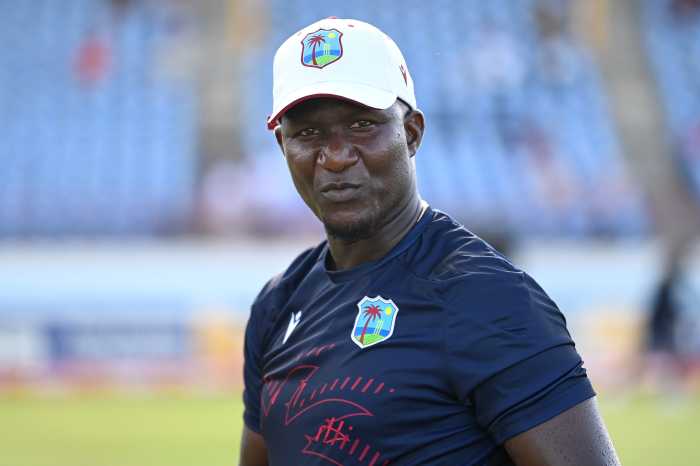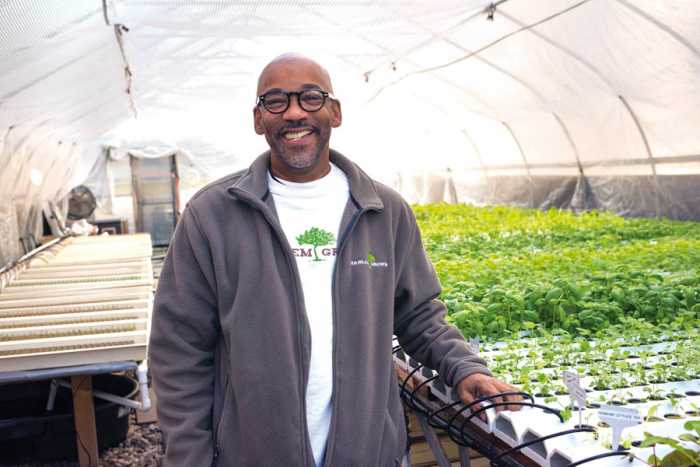ILLUSTRATION BY MICHAEL SHIREY
BY PAUL SCHINDLER | A January 28 panel on LGBT youth homelessness highlighted familiar concerns about the right model for delivering services to that population, but also focused on the dramatic link between poverty in a youth’s family of origin and their risk for homelessness and on the urgency of better addressing the needs of youth 21 to 24 not currently protected under state law.
Carl Siciliano, the founder and executive director of the Ali Forney Center, lauded the de Blasio administration for adding 100 new emergency beds in youth shelters over the past year, which he sees as a down payment on a commitment to grow the stock of available spots until the unmet need is addressed. A 2007 census by the Empire State Coalition estimated that on any given night about 3,800 youth 24 and younger — as many as 40 percent of them LGBT or questioning — do not have a roof over their head in the city. Even with the newly funded beds, the existing stock still numbers less than 400.
Siciliano explained that with turnover at shelters, 100 beds can serve up to 1,000 youth over the course of the year, but he also said that waiting lists at Ali Forney have grown over the past year despite the new funding. The Campaign for Youth Shelter, a coalition effort by a number of advocacy groups, are pressing the state and city to grow the supply of emergency beds each year by 100 until waiting lists at shelters around the city disappear. It’s not yet clear, however, that the city is prepared for another injection of new money in the budget that begins on July 1. Since Governor Andrew Cuomo took office in early 2011, the state has actually reduced its commitment in this area by two thirds.
Advocates discuss how shelter is delivered, impacts of religion, poverty, and law enforcement, and needs past age 20
As the forum was set to start, Senator Brad Hoylman, an out gay West Side Democrat, circulated a letter he had sent to Cuomo urging that the state reverse course and double its Runaway and Homeless Youth expenditure from $2.35 million to $4.75 million. That increase was not included in the executive budget the governor presented on January 21, but Hoylman is hopeful he and legislative allies can prevail on Cuomo to sign on to the increase in his amended budget due on February 20.
For Siciliano, the issue is not only how much is spent but how it is spent. He was critical of the fact that three quarters of the new beds — and all 24 designated to serve LGBT youth —provided by city funding last year are located at Covenant House, which he said offers too large an institutional setting to appropriately meet the youths’ needs.
“Best practices enacted into law say that homeless youth should be sheltered in smaller, homelike settings,” Siciliano said.
Moderator Andy Humm with Carl Siciliano, Kim Forte, Lillian Rivera, Nicole Avallone, and Kate Barnhart. | GAY CITY NEWS
In his remarks, Siciliano initially refrained from offering more pointed criticism of Covenant, which he often has done in the past. However, during the question and answer portion of the evening, Steve Ashkinazy who organized the LGBT Community Center forum on behalf of the Stonewall Democratic Club of New York City, pointed to Covenant’s history of hostility and indifference to the needs of LGBT youth. Ashkinazy has met with Covenant officials recently and said he saw evidence of “good intentions” on their part, but he remains skeptical that the facility, just west of Times Square, is a safe venue for queer youth.
At that point, Siciliano mentioned that 50 percent of the youth he sees at Ali Forney “refuse to go to Covenant,” citing stories about “stabbings and gang beatings.” The decision to locate LGBT emergency beds there, he said, represents “cultural incompetence on the part of the mayoral administration.”
Another panelist, Kate Barnhart, who runs New Alternatives for LGBT Homeless Youth, which provides social services, said of Covenant House, “I am still hearing the same horror stories, maybe less often, but maybe because fewer LGBT youth seek it out.”
The panel’s other three members — Lillian Rivera, who directs advocacy and capacity building at the Hetrick-Martin Institute (HMI), Nicole Avallone,, who oversees youth services at the LGBT Community Center, and Kim Forte, who heads up the LGBT Law and Policy Initiative at the Legal Aid Society — offered no perspectives on the dominant role played by Covenant in housing homeless youth.
Ashkinazy acknowledged that he did not invite Covenant House to participate in the forum, explaining that his conversations with management there had not convinced him they were being completely “transparent” about their efforts with LGBT youth.
For Siciliano, the biggest problem facing the youth he’s worked with is “the religious hostility of parents. Hostility in religion needs to be challenged.”
In contrast, HMI’s Rivera focused on poverty, noting that more than more than 80 percent of the roughly 2,000 young people her group serves each year are youth of color who come from families that are poor.
“These kids know how to negotiate the hostility at home,” she said, “but the poverty is the tough issue.” Acknowledging that this reality demands more systemic changes in society, Rivera added, “How do we develop the political will to tell leaders this is important to us?”
The Center’s Avallone also pointed to the strong relationship between family poverty and the eventual homelessness of youth. “While religion is a huge issue, there are so many issues,” she said.
The Legal Aid Society’s Forte, who is currently waging a lawsuit to win a legal right to shelter in New York for youth 16 to 20, said she is concerned about the lack of cultural competency across the youth services spectrum, particularly toward transgender youth. The result, she said, is that it is far too easy for homeless youth to fall into the criminal justice system.
Forte also advocated for reform of the state’s Runaway and Homeless Youth law to provide protections up to age 24. For homeless youth 21 and older, the only shelter recourse is often an adult facility, where, she said, LGBT young people face particular risks.
New Alternatives’ Barnhart said that most of the youth her organization works with are 21 and older, a population she said often presents severe problems, with years spent without stable housing and often mental health care issues that have never been addressed. Since there is little public funding targeting this group, New Alternatives relies almost exclusively on private funding.
Panelists had a variety of responses when asked what change could best help turn the situation around. Rivera talked about the need to document and publicize the stories of homeless youth, while Avallone, emphasized that early intervention with families before youth leave home or are thrown out is an urgent priority, especially since LGBT youth are coming out at earlier and earlier ages.
Siciliano and Forte said that the criminalization of homelessness and poverty — with “broken windows” arrests resulting from “simply being in the streets” or for petty crimes like turnstile jumping — compound the problems of lives that are already chaotic.
Pointing out that many of the youth New Alternatives serves are HIV-positive, Barnhart endorsed an expansion of the existing housing entitlement for those who have an AIDS diagnosis to include anyone living with the virus.
“Get sick and you get housing is not a good message,” she said.
The panel was moderated by Andy Humm, a Gay City News reporter who is co-host of cable TV’s “Gay USA.”
Editor's note: This story was amended since its original posting to correct the spelling of Nicole Avallone's name.





